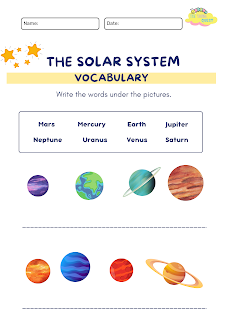The Young Quest is a nurturing space for curious young minds igniting passion for discovering vibrant community for Young learners & future innovation
Labels
Engaging Worksheets on Parts of a Plant for Grade 4 – Learn & Explore!
Parts of a Plant
Understanding the parts of a plant is a fascinating introduction to biology for Grade 4 students! Our carefully designed worksheets on plant anatomy help young learners dive into the plant world, exploring each component and learning about the essential roles that different parts play in plant life and growth. With engaging activities, students can build a solid foundation in botany, sharpening both their observation skills and scientific curiosity.
Our worksheets include a variety of activities to make learning about plant parts exciting. Students may find themselves coloring parts of a plant to visually identify them, labeling diagrams, matching plant parts to their functions, or completing fun fill-in-the-blank exercises that test their knowledge. Each exercise is crafted to ensure students actively engage with the material while developing an appreciation for the natural world around them.
These worksheets are also ideal for reinforcing classroom learning or preparing for quizzes on plant anatomy. Teachers and parents can use them to support learning goals and make studying at home more interactive and enjoyable. By the end of these worksheets, students gain confidence in identifying and explaining the basic parts of a plant and their functions.
So, whether your student is a budding botanist or simply curious about how plants grow, these worksheets provide a hands-on approach to learning. Dive in and watch your child’s love for science grow as they learn about the incredible world of plants!
Understanding Solute, Solvent, and Solution Explained
Solute, Solvent, and Solution
In science, we often come across mixtures of different substances, and one of the most common mixtures is a solution. Solutions are everywhere, from the water we drink to the air we breathe, and even in the food we eat. But what exactly is a solution, and how are its components identified? To fully understand this, we need to break down the three key terms that define a solution: solute, solvent, and solution.
What is a
Solution?
A solution
is a type of mixture in which two or more substances combine in such a way that
they cannot be easily separated. In other words, the substances dissolve
completely and blend at the molecular level, becoming indistinguishable from
one another. A solution is typically made up of two parts: the solute and the
solvent.
Let’s use an
example to explain this. When you stir sugar into a glass of water, the sugar
dissolves completely, and the resulting mixture is called a solution. But why
does this happen? It's all because of the special roles played by the solute
and the solvent.
What is a
Solute?
The solute is the substance that dissolves in a solution. It is usually present in a smaller amount compared to the solvent. In our sugar-water example, the sugar is the solute because it is the part that dissolves into the water. Solutes can be solids, liquids, or even gases. For instance, salt, another solid solute, dissolves in water in the same way sugar does. Some gases, like carbon dioxide, also act as solutes when they dissolve in liquids, like the fizz in a soda.
What is a Solvent?
The solvent
is the substance that does the dissolving. It is usually present in a larger
quantity than the solute. In most cases, the solvent is a liquid, and in our
example, the water is the solvent because it dissolves the sugar. Water is
often referred to as the “universal solvent” because it can dissolve many
substances. However, other liquids, such as alcohol or oil, can also act as
solvents in different types of solutions.
The key
difference between a solute and a solvent is that the solute gets dissolved,
while the solvent does the dissolving.




